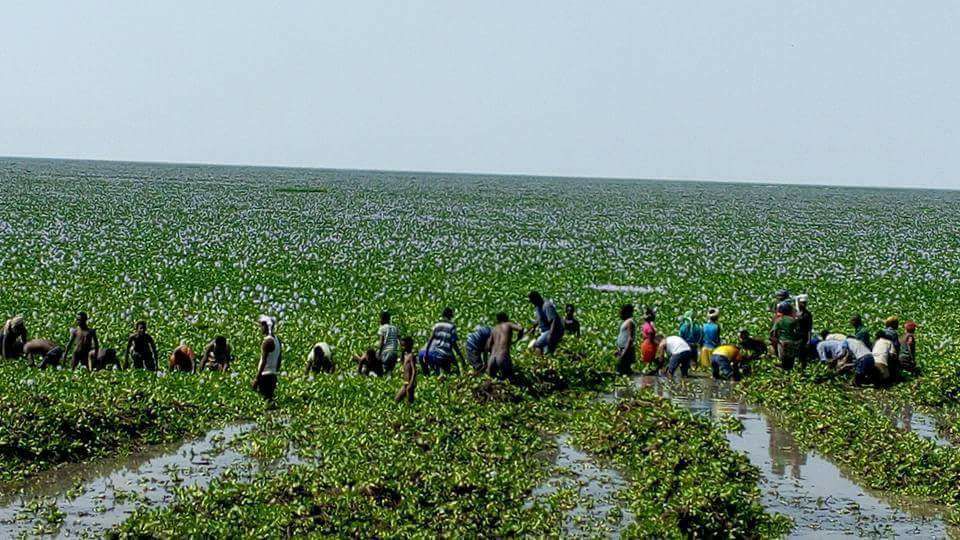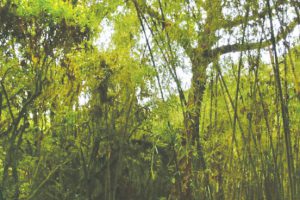
Lake Tana is the first largest lake in Ethiopia and the fourth in Africa next to Victoria, Tanganika, and Malawi lakes. Lake Tana is located in Amhara State, and has approximately 84 kilometers length and 66 kilometers width, with a maximum depth of 15 meters. It is fed by the Gilgel Abay, Reb, and Gumera rivers. Its surface area ranges from 3000 to 3500 square kilometers depends on season and rainfall. It is also known as the source of the Blue Nile Falls (Tis Abay).
Lake Tana holds 50 per cent of Ethiopia’s fresh water. It is also the source of the Blue Nile, which contributes up to 60 per cent of the Nile’s water.
In addition, there are 37 islands and nearly 30 monasteries in Lake Tana. The monasteries were established between the 11th to 13th centuries. Of which, Tana Kirkos Monastery is one of the largest in terms of age, since it was established around 982 years before the birth of Jesus Christ.
Not only is the lake important as a water source for over 123 million people in the Nile Basin, it is also a source of food in the form of fish. In Lake Tana, there are also three kinds of Fish named as red, white and Koroso. The white Fish has more than 28 species; of these, the 21 are endemic to Lake Tana, not found in the outside world. The annual commercial value of fish production at Lake Tana is about 1.1 million USD.
Since the previous three or four years, Lake Tana has still faced a major problem against the aquatic weed called ‘water hyacinth’. Particularly, at this time when the three countries Ethiopia, Sudan and Egypt are making disputes over the use of River Nile, Lake Tana – the source – needs serious coordination to stop the spread of the weed which is an exotic free-floating invasive plant that is native to South America.
In fact, the Water hyacinth, scientifically known as ‘Eichhornia crassipes’ could restrict the water flow, blocks sunlight from reaching native water plants and depletes the oxygen in the water and choking aquatic animals like fish. It also has an economic impact by interfering with navigation, irrigation, power generation and fishery.
Recently, researchers from Bahir-Dar University indicated that the weed has covered over 50,000 hectares or 500 million square meters of the Lake Tana. According to the study, one of the major reasons to make the matters worse is the inflowing rivers carry heavy loads of soil and suspended sediment into the lake, which affects the water quality and creates favourable conditions for the spread of the weed. This kind of incident is common in the water bodies; for example in Lake Victoria and Aswan Dam.
Many scholars believed that protecting Lake Tana from the spread of ‘Water Hyacinth’ is linked with the existence of the Grand Ethiopian Renaissance Dam (GERD). Apart from struggling against foreign competitors, the government and the people of Ethiopia have a responsibility to safeguard the health of water bodies which have significant contribution in feeding the Blue Nile river.
Above all, strong coordination and sustainable support has been expected from the governmental and non-governmental organizations to handle the causes that may lead to the extinction of the lake. The people should also play their own role in protecting the Lake from large flood and severe pollution.
The Ethiopian herald May 30,2020
BY ZELALEM GIRMA




